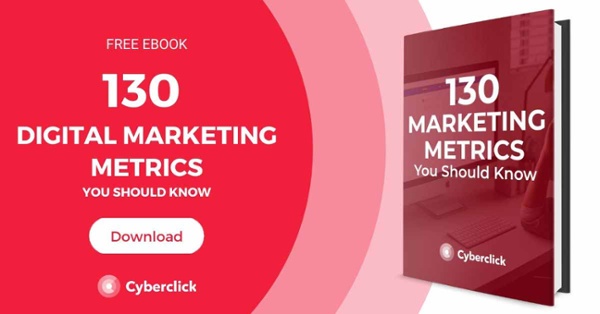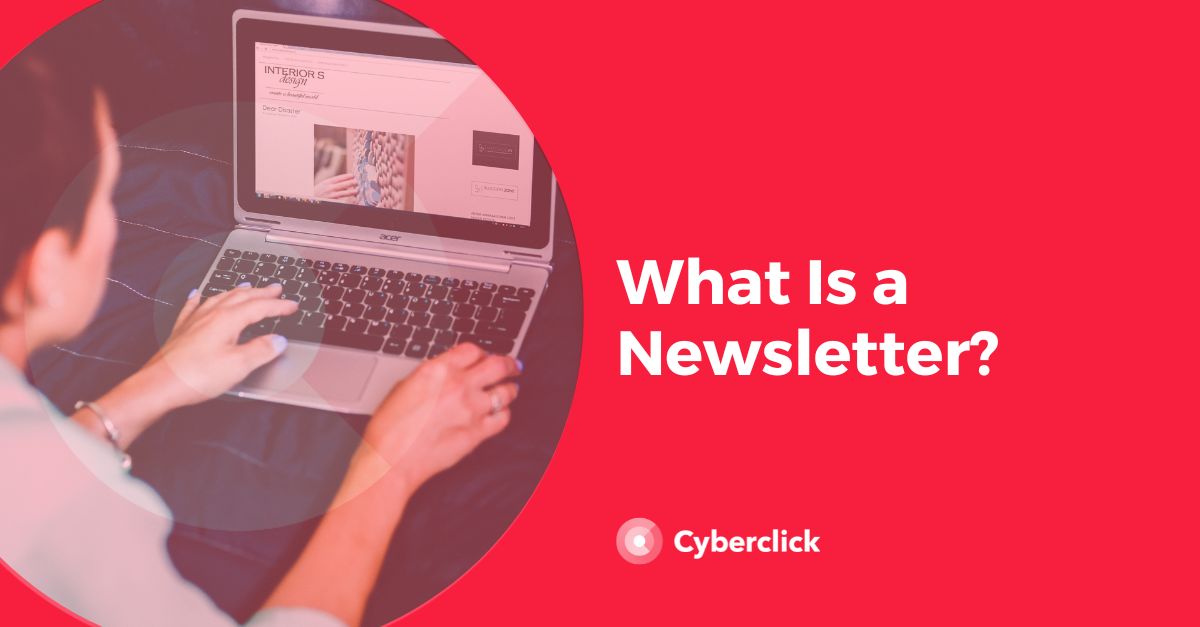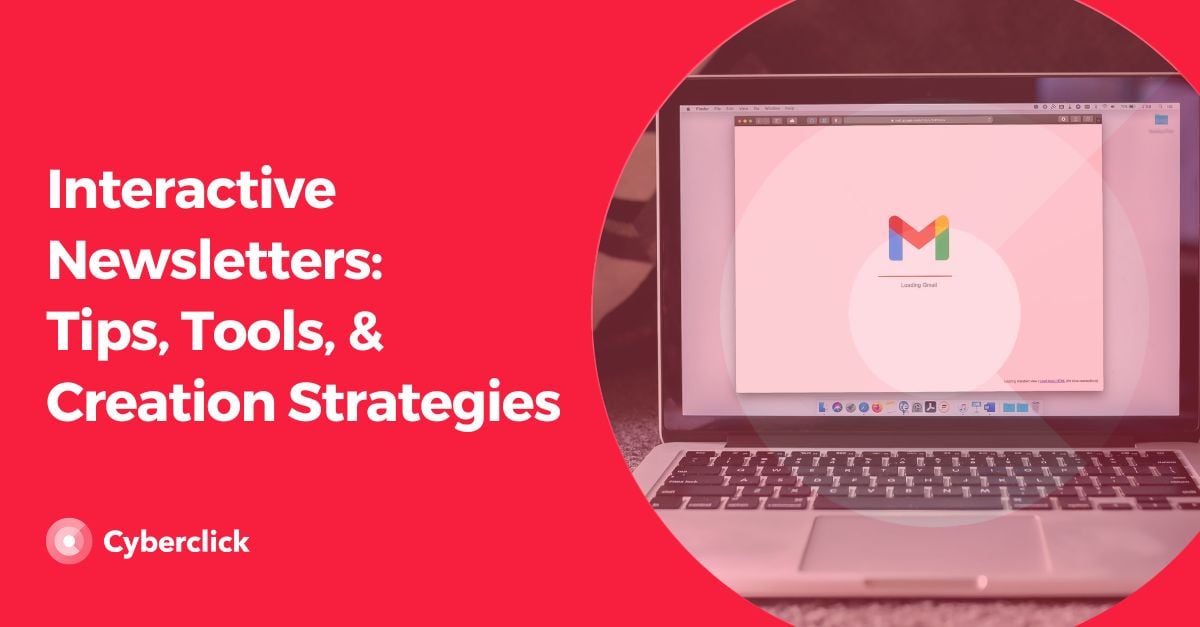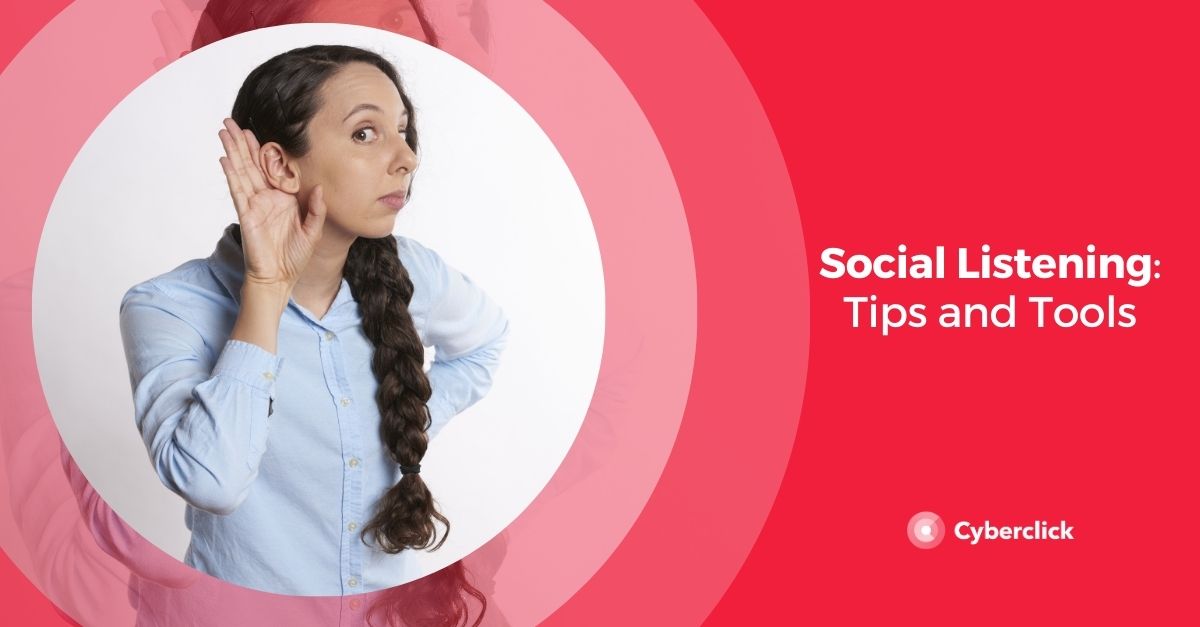Do you think that newsletters are a thing of the past? Well, I’m here to tell you you’re wrong!
Today, email marketing remains one of the most effective lead nurturing and customer loyalty strategies out there. And newsletters are one of its basic ingredients. Newsletters are just one of the tactics that make up an entire email campaign.
In this article, we’ll explain what modern newsletters consist of, how they can help you in your business, and the keys to creating the best newsletter.
What Is a Newsletter?
Although the concept of a newsletter is quite simple at first glance, sometimes there can be confusion between newsletters, mailings, and email marketing in general. Let’s clear this up:
- We call email marketing the technique of contacting leads and customers via email. Users give their email to the brand (usually through a form) and become part of the database and receive communications on a regular basis.
- Mass emailing is an advertising format that consists of sending promotions of the brand’s services and products via a promotional email.
- Newsletters are emails from a brand, with generally informative content, that are sent to subscribers who are part of the database. These emails are usually made on a regular basis (e.g. weekly or monthly) and contain brand news and other related topics of interest.
To delve deeper into this concept, let's look at some of the features that a good newsletter should have:
- It is based on permissive marketing: The user has voluntarily left their email because they want to receive information about the brand.
- It adds value to the user: Obviously, if the user has given their mail it is because they expect to receive something of value in return. In order not to betray this trust, the newsletter must have quality content, have a good design, and adjust to their expectations.
- It is sent periodically. Another way to meet subscriber expectations is to make sure that emails are sent on a regular basis (for example, on the last Friday of each month). Finding the appropriate frequency will depend on the characteristics of the brand and the content: it is important to have sufficient regularity to generate closeness, but not so much that the user considers the emails to be spam.
- It's another element of branding the business. And as such, you should have a design that responds to the style and tone of the brand.
- It has a reduced cost compared to other marketing tools, so it offers a very good chance of being profitable. Still, time and resources need to be devoted to developing a quality newsletter.
Benefits of Newsletters for Your Brand
- Building long-term relationships. Thanks to many of the algorithms on social not all followers receive all updates from a brand. Instead, newsletters are a constant: as long as the user doesn’t change their email, they will continue to receive the newsletter. This makes it easier to nurture a relationship with the customer and retain them over many years.
- Sending traffic to the website. Newsletters often include summaries or teasers of content accompanied by links for the user to continue reading. Of course, this easily becomes a source of clicks towards the web page.
- Helping to disseminate information about news, products, and promotions. If you have a new offer or product, you’re likely trying to promote it wherever you can. With newsletters, you affordably can share information to an audience that had already been previously interested in you.
- Being part of your targeting strategy. Depending on the type of form you use to get users to sign up for your newsletter, you can get very specific information from your audience. Having this information will allow you to assess which buyer persona they fit with, and send them newsletters specially adapted to their needs.
- Increasing the number of conversions. Although newsletters aren't strictly aimed at selling, they can contribute to your conversion goals. In addition to communicating promotions and launches, you're directing highly qualified traffic to your page, as these are users who have previously expressed their interest in your brand.
How to Improve Your Newsletter: 10 Tips
1. Find Your Focus
Sometimes it can be tempting to include everything and the kitchen sink into a newsletter: blog posts, product news, the best tweets of the month or week, but remember: the briefer the better.
Define clearly what the purpose and style of your newsletter will be, as well as a minimum and maximum number of content for each. That way, your readers will know what to expect.
2. Limit The Promotional Content to 10%
Approximately 90% of queries on Google are informative, i.e. they seek to answer a general question. Well, the same principle applies to your newsletter: try to make 90% of the content informative, educational or entertainment, and limit the promos to the remaining 10%.
3. Use Videos and Interactive Formats
When we talk about newsletters, we’re not talking about the long text-based formats from the 90s. Modern newsletters use videos, images and links.
Video is the most consumed content on the Internet and offers endless possibilities for brands. According to a FreshMail study, emails with subjects like "video" or "watch this video" have higher opening ratios, meaning they can be excellent content for your newsletters.
In addition to regular videos, GIFs also have a place in emails and can help you connect with your audience, especially younger ones. And thanks to new formats like HTML5, you also have the possibility to include interactive elements.
However, keep in mind that not all devices and email clients support the video format. Don't let that stop you: instead of giving up on these contents, my advice is to look for an alternative (usually in the form of a static image) for users who can't view them correctly.
4. A Subject Line Is More Valuable Than You Think
If a user has subscribed to your newsletters, then they are clearly interested in your brand, but that doesn't mean that they're going to open the emails. The next step is to create an attractive and recognizable subject line that motivates them to open the email.
In general, there are two opposing approaches to creating subjects for newsletters: always use the same one, or modify it each time based on the content. The first method generates familiarity for the user and can contribute to branding, but the second gives you more freedom to create truly eye-catching subject lines.
5. Be Unique
The key to success for a good newsletter is that it adds value to the subscribers life. To do this, you have to not only stand out in their inbox and among the competition, but also among the rest of your own marketing channels.
If your emails are simply a "reboot" of your blog content and social networks, you're not offering enough incentive to the user. Think about how you can make your newsletters truly original.
6. Take Advantage of The Latest Trends and Events
A newsletter has a lot in common with a magazine or newspaper, as it is an informative content piece issued regularly. And as such, it makes sense for you to take advantage of the current happenings to give it more hook.
Holidays, memes, major news stories, the arrival of summer, the latest trends... there are many ways to make your email relevant and make users want to open it.
7. Use Third-Party Content
A newsletter with a wide audience can be a great showcase for creators and influencers in your industry, so it can be a great idea to collaborate and collect other voices.
8. Use User-Generated Content
A good newsletter puts the user at the center of it... sometimes literally. To make your users identify with what you're saying, there's no better way than to give them a voice. Some ideas: Collect the best comments of the month, tell stories about how your customers are using your products, or answer frequently asked questions on Twitter.
9. Take Care of the Signup Form
The essential pre-step for someone to receive your newsletter is to register themselves in your database, usually through a form. Optimize it with A/B tests to see which questions and fields can help you get more subscribers.
10. Measure the Results
If you want to know how your newsletter is working, you'll have to measure it! Perform regular checks to identify the ingredients in your ideal email and over time you'll begin to get better results with each submission.
Es Licenciada en Economía y Derecho por la Universidad Pompeu Fabra. Está especializada en acciones integrales de marketing online para la generación de leads y en la planificación de campañas de e-mail marketing, Mobile Marketing, Content Advertising y Social Media.
Nerea holds a degree in Economics and Law from Pompeu Fabra University. She specializes in comprehensive online marketing actions for lead generation and in planning e-mail marketing, Mobile Marketing, Content Advertising and Social Media campaigns.






Leave your comment and join the conversation